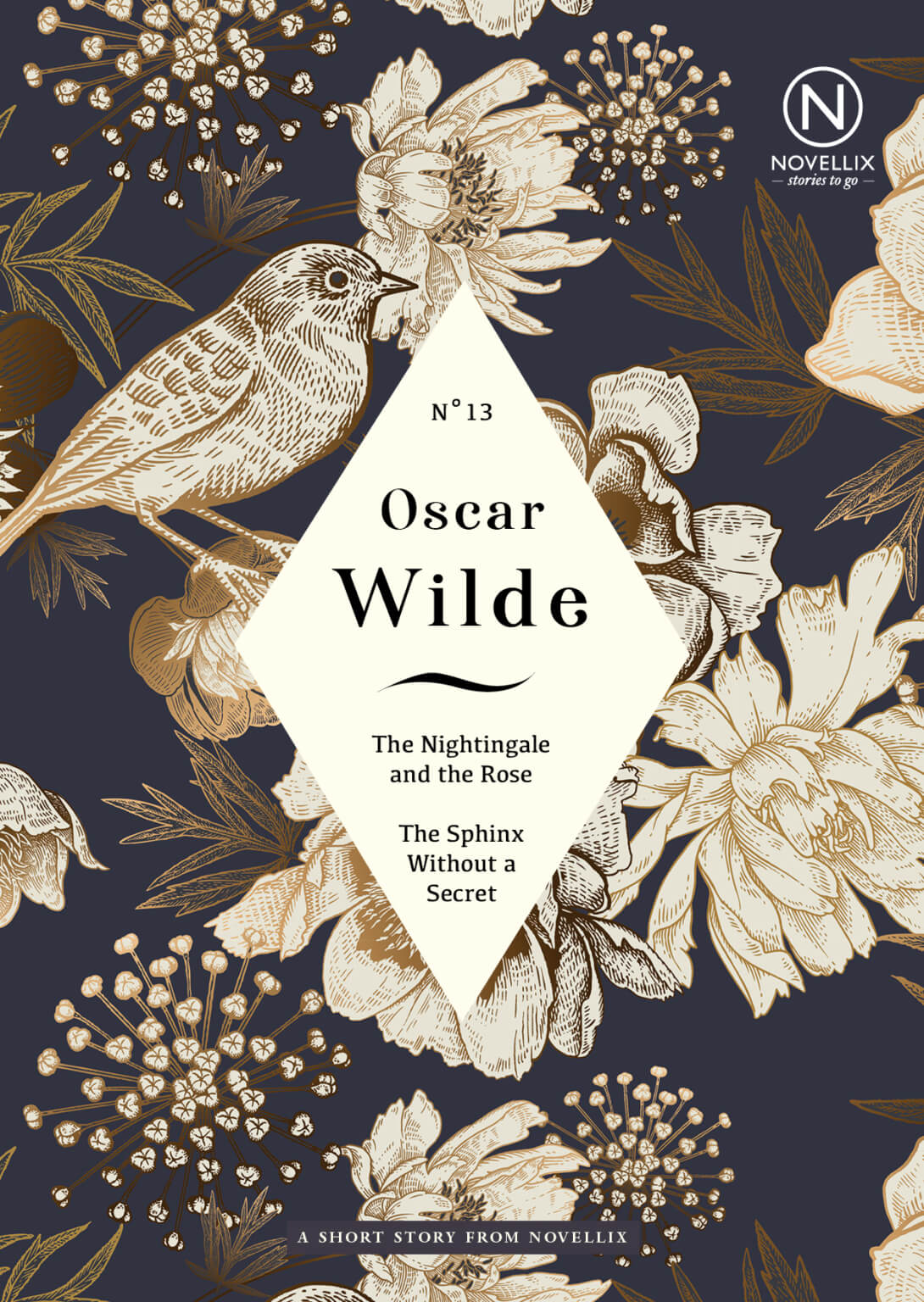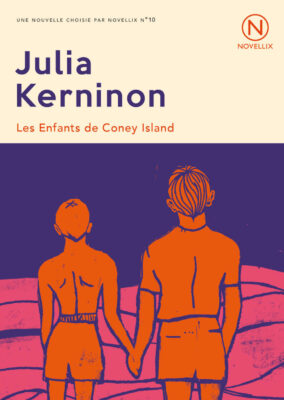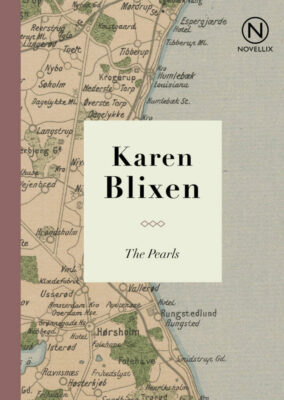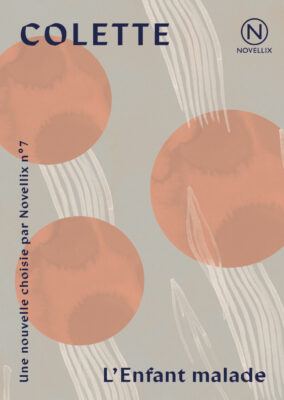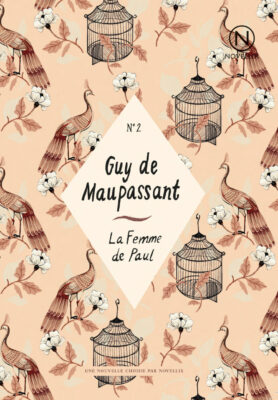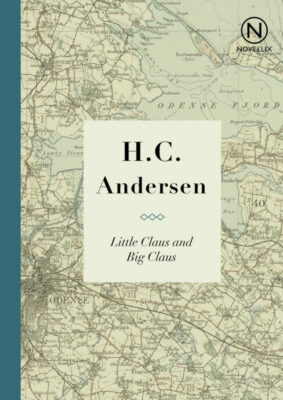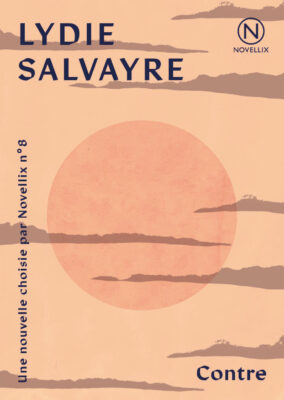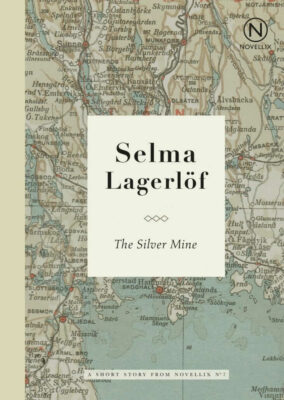The Nightingale and the Rose and The Sphinx Without a Secret
Oscar Wilde
The Nightingale and the Rose and the Sphinx Without a Secret
«“The musicians will sit in their gallery,” said the young Student, “and play upon their stringed instruments, and my love will dance to the sound of the harp and the violin. She will dance so lightly that her feet will not touch the floor, and the courtiers in their gay dresses will throng round her. But with me she will not dance, for I have no red rose to give her”; and he flung himself down on the grass, and buried his face in his hands, and wept.»
In the melancholy story The Nightingale and the Rose, Oscar Wilde turns to the superficiality of society and man, a theme that also reappears in the novel for which he is perhaps best known today, The Picture of Dorian Gray. The short story is considered a response to H.C. Andersen’s saga The Nightingale. Common to the stories is the critique of the authors’ contemporaries, but Wilde objects to Andersen’s view of sacrifice and his preference for the natural over the artificial and allows his story to take a completely different turn.
Another sample of Oscar Wilde’s short prose can be found in The Sphinx without a Secret, the story of a woman who seemingly harbours a dark secret.


